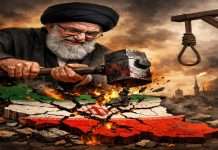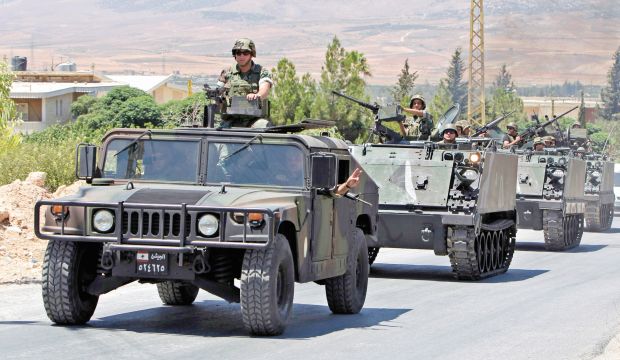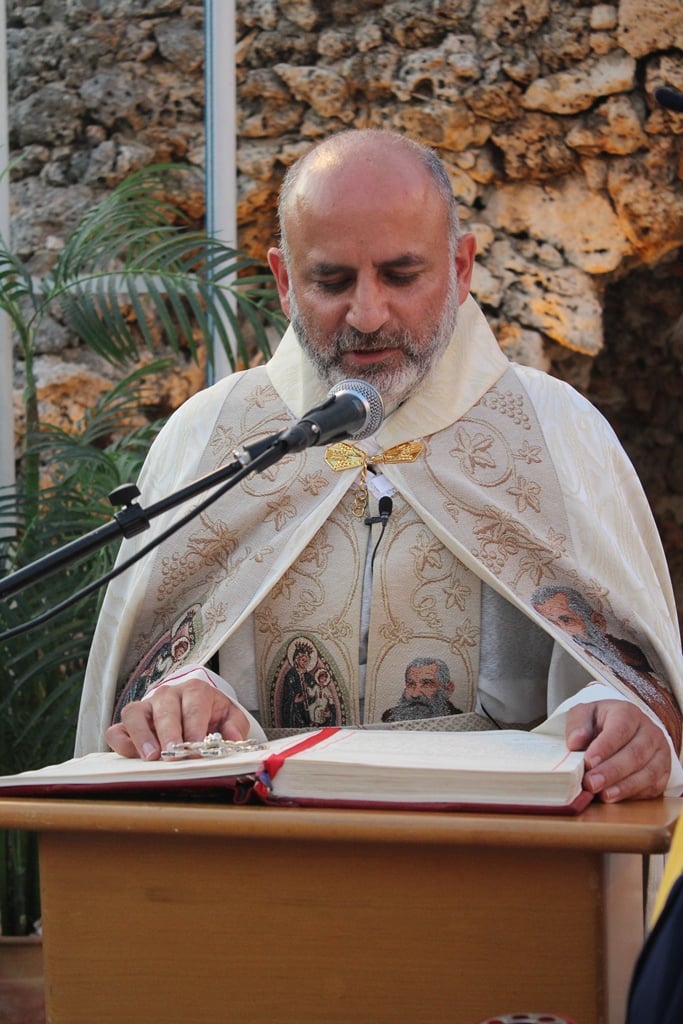ISIS on the move in Lebanon
Nicholas Blanford/Now Lebanon/May 04/16
As the Islamic State’s “caliphate” gradually shrinks and its western periphery slowly retreats to the east, away from Lebanon, concerns are mounting in Beirut that the group is preparing the ground to launch attacks in Lebanon. In recent weeks, numerous security reports indicate that ISIS is recruiting in Tripoli and north Lebanon to establish sleeper cells and that dozens of Lebanese members of the group currently in Syria are preparing to return home. One security source described the apparent ISIS planning in Lebanon as moving from “unstructured” to “structured”.
The conventional military threat posed by ISIS has diminished given recent developments in Syria. Six months ago, ISIS was in possession of the Syrian town of Mheen in the northern Qalamoun region and threatened to take over Sadad, 14 kilometers to the west. If Sadad had fallen, ISIS would have only been 14 kilometers from the Damascus-Homs highway and potentially in a position to help reinforce and resupply their brothers holed up in the rugged mountains along the border in northeast Lebanon. However, the Syrian army, backed by its numerous allies and Russian airpower, was able to regain Mheen, then Palmyra and Quryatayn, pushing the extremist group back toward Deir ez-Zor. The result has left the ISIS militants in northeast Lebanon more isolated than ever and, along with Jabhat al-Nusra which is also in the area, prone to an increased tempo of attacks by the Lebanese army and Hezbollah. The chances of ISIS or Jabhat al-Nusra breaking through the army’s lines between Qaa and Arsal into populated areas of the Bekaa Valley are remote. But the potential remains for ISIS to cause mischief through non-conventional means.
Of the 14 suicide bomb attacks that struck mainly Shia-populated areas of the country between November 2013 and June 2014, only one was claimed by ISIS. However, ISIS claimed responsibility for the Bourj al-Barajneh double-suicide bombing last November which killed 46 people and wounded more than 200, the deadliest such attack since the end of the civil war in 1990. The Bourj al-Barajneh attack and a twin suicide attack in the Jabal Mohsen neighborhood of Tripoli in January last year were the only two bombings carried out by jihadist militants since June 2014, which marked the end of a seven month campaign. The sudden cessation of bomb attacks in June 2014 was attributable to several factors. Most of the car bombs detonated in Shia areas were manufactured in the Qalamoun area of Syria and driven into Lebanon via Arsal.
That logistical channel was severed by April 2014 as a result of the success of the Hezbollah-led offensive to drive rebel forces out of Qalamoun. Furthermore, Lebanon’s security agencies have proved effective in uncovering potential bomb plots and arresting militants. That and the lack of operational space in which militants can plan their attacks undetected have helped maintain the calm. Still, it is surprising that Lebanon has not suffered even an unsophisticated “lone wolf” attack. A single person armed with a rifle and few hand grenades who is willing to die could cause havoc in a busy, densely-populated neighborhood, but so far, no such incidents have emerged. But there are fears that that could change in the coming weeks and months.
Security sources report that 200 Lebanese members of ISIS currently in the Raqqa area are being mobilized to return to Lebanon where they are expected to establish sleeper cells in Tripoli, Akkar, Wadi Khaled and Masharei al-Qaa in the northern Bekaa Valley. This information was confirmed by sources close to Hezbollah who said that the names of the Lebanese ISIS militants were known. Other security sources say that ISIS is paying new recruits in north Lebanon about $50 a week to establish cells and await instructions.
The same sources added that a security alert was issued recently over information that militants from the Beddawi Palestinian refugee camp in Tripoli were planning to carry out an attack on Casino du Liban. Hezbollah has visibly tightened security in Beirut’s southern suburbs, walling off some alleyways leading into the district. The Ain al-Hilweh Palestinian refugee camp also has come under closer scrutiny than usual lately, following the assassination of Fathi Zeydan, the Fatah security chief for Mieh Mieh camp, on April 12 in a car bomb explosion in Sidon. Although no claim of responsibility was made, the finger of suspicion is pointing toward one of the jihadist groups operating in Ain al-Hilweh.
The jihadist presence in the camp has gone through several iteration over the past two decades. In the late 1990s, the dominant faction was Esbat al-Ansar which was responsible for a 1999 shooting attack in a Sidon courtroom in which four judges were killed. The group also carried out at that time a string of bombings of shops selling alcohol in the Sidon area. Around 2002, the new jihadist group on the scene was Jund ash-Sham, followed in 2007 by Fatah al-Islam. Today, it is ISIS and Jabhat al-Nusra that are seen as the most potent jihadist players in the long-turbulent camp.
According to well-placed sources in Ain al-Hilweh, there are currently two groups affiliated to Jabhat al-Nusra, one headed by Bilal Badr and the other by Osama Shehabi, both seasoned militants. There are also two factions loyal to ISIS. Together, the four groups total more than 200 militants, many of them having slipped into the camp in the past four months. The sources said that there is an unspoken consensus among all the factions not to allow the situation in the camp to deteriorate – the lesson of the Nahr al-Bared Palestinian camp nine years ago continues to resonate. Nahr al-Bared was destroyed in three months of fighting between Fatah al-Islam and the Lebanese army. The danger, however, lies in the possibility of the ISIS factions staging attacks outside the camp. The Lebanese army has tightened security around Ain al-Hilweh, thoroughly checking each vehicle entering and leaving the camp.
UNIFIL is also scrutinizing developments in Ain al-Hilweh. The camp sits on the main logistical artery connecting Beirut to the south which is used by UNIFIL traffic. The Ain al-Hilweh chokepoint has long been a source of concern for the peacekeepers. UNIFIL vehicles have twice been attacked by roadside bombs in Sidon in recent years.
Hezbollah also has an interest in Ain al-Hilweh, partly for the same reasons as UNIFIL but also because of the proximity of Shia-populated areas to the camp. Last week, Hezbollah held a rare meeting with officials from Esbat al-Ansar and Harakat Islamiya Muhajida to discuss the potential threat posed by the new generation of jihadists in Ain al-Hilweh. The fact that Hezbollah can sit at the same table as representatives of two radical (but these days pragmatic) Salafist groups underlines their mutual concerns over the presence of extremists in Ain al-Hilweh.
**Nicholas Blanford is the Beirut correspondent for The Christian Science Monitor and Nonresident Senior Fellow of the Middle East Peace and Security Initiative at the Atlantic Council’s Brent Scowcroft Center on International Security




















